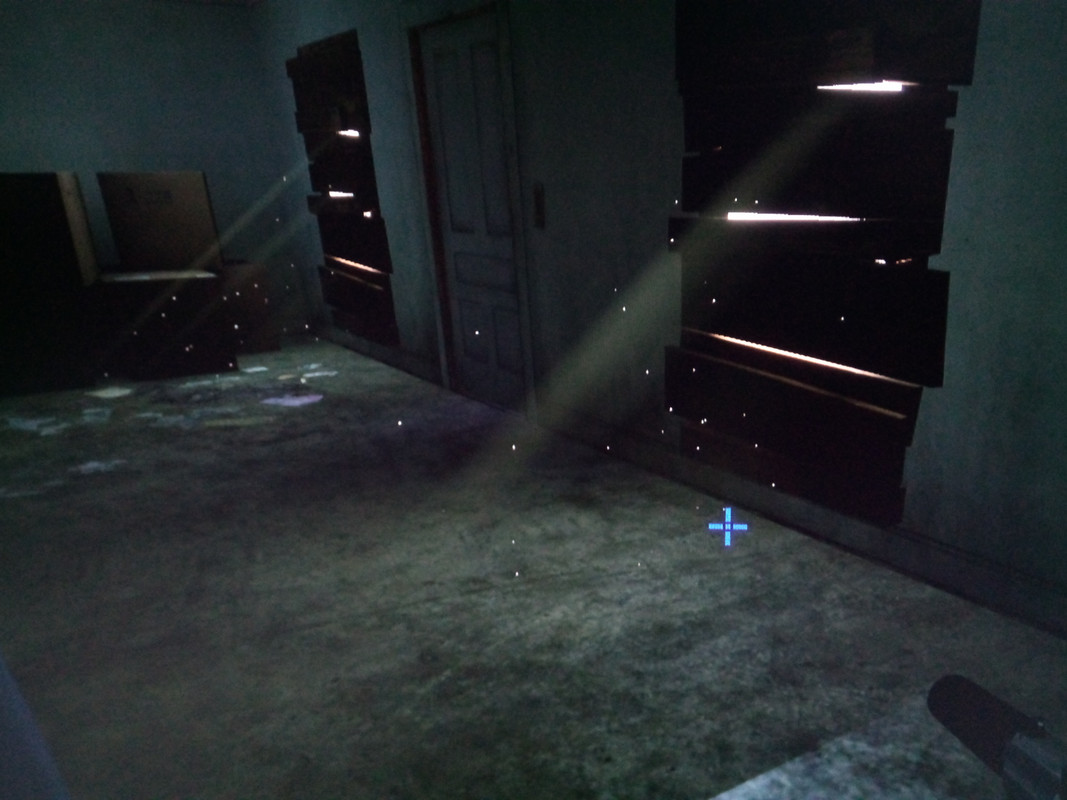Do you really believe this? Would you say the watch dogs 2 image is more vibrant on the Vega? because they are near identical bar that weird floor tile texture being different.
Idk, don't have an nvidia gpu on hand to do a head-to-head. Was more curious about the performance aspect he mentioned. So if anyone could test those settings...





